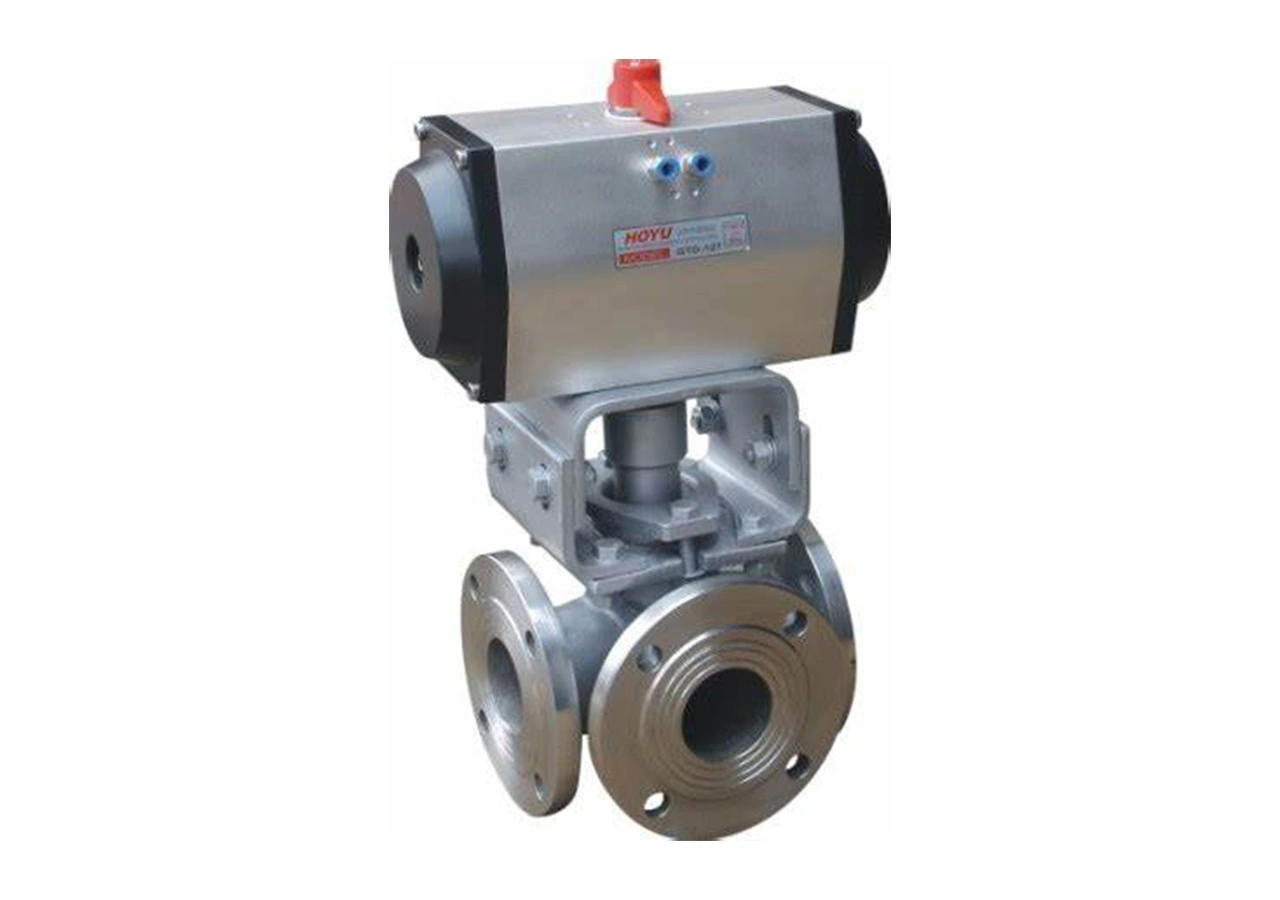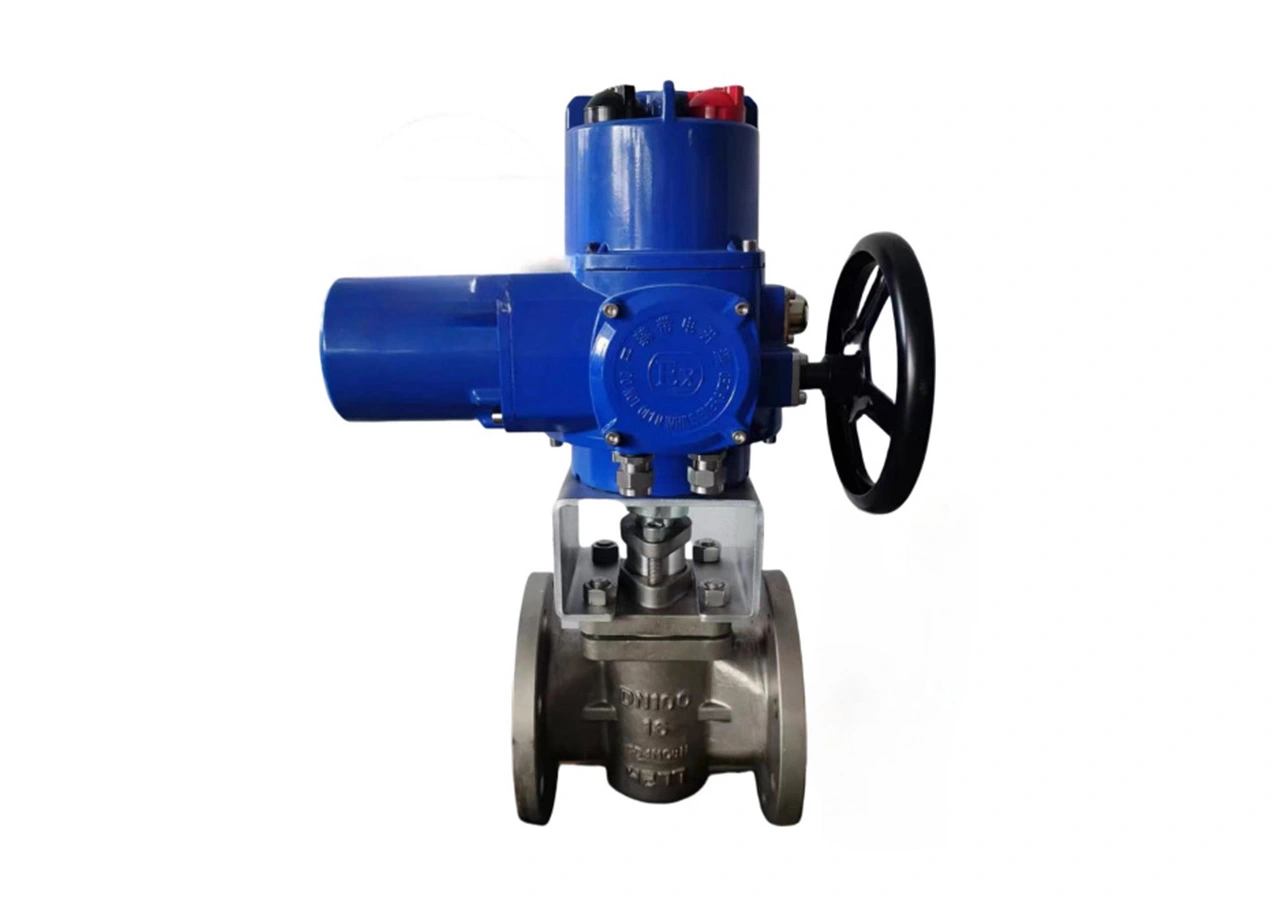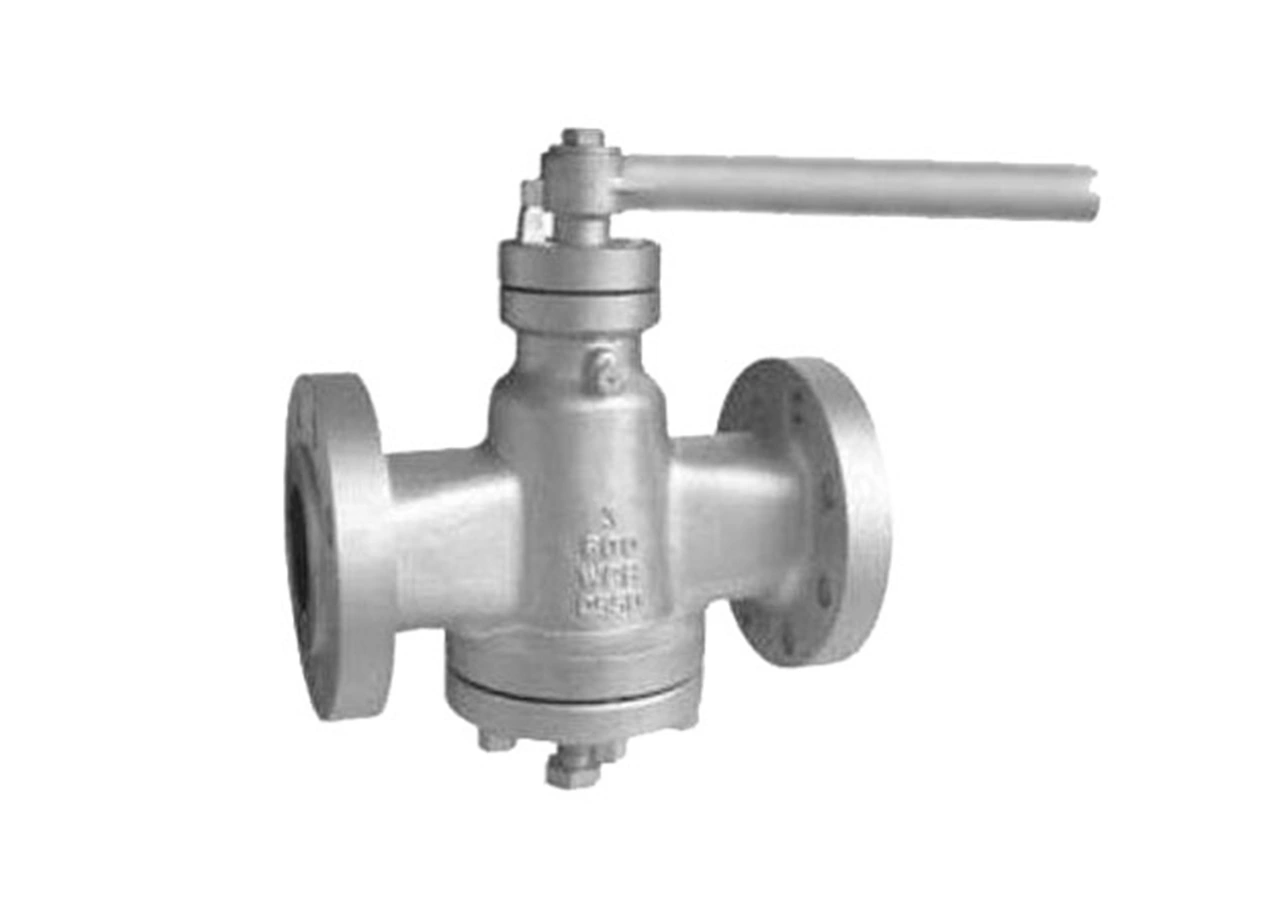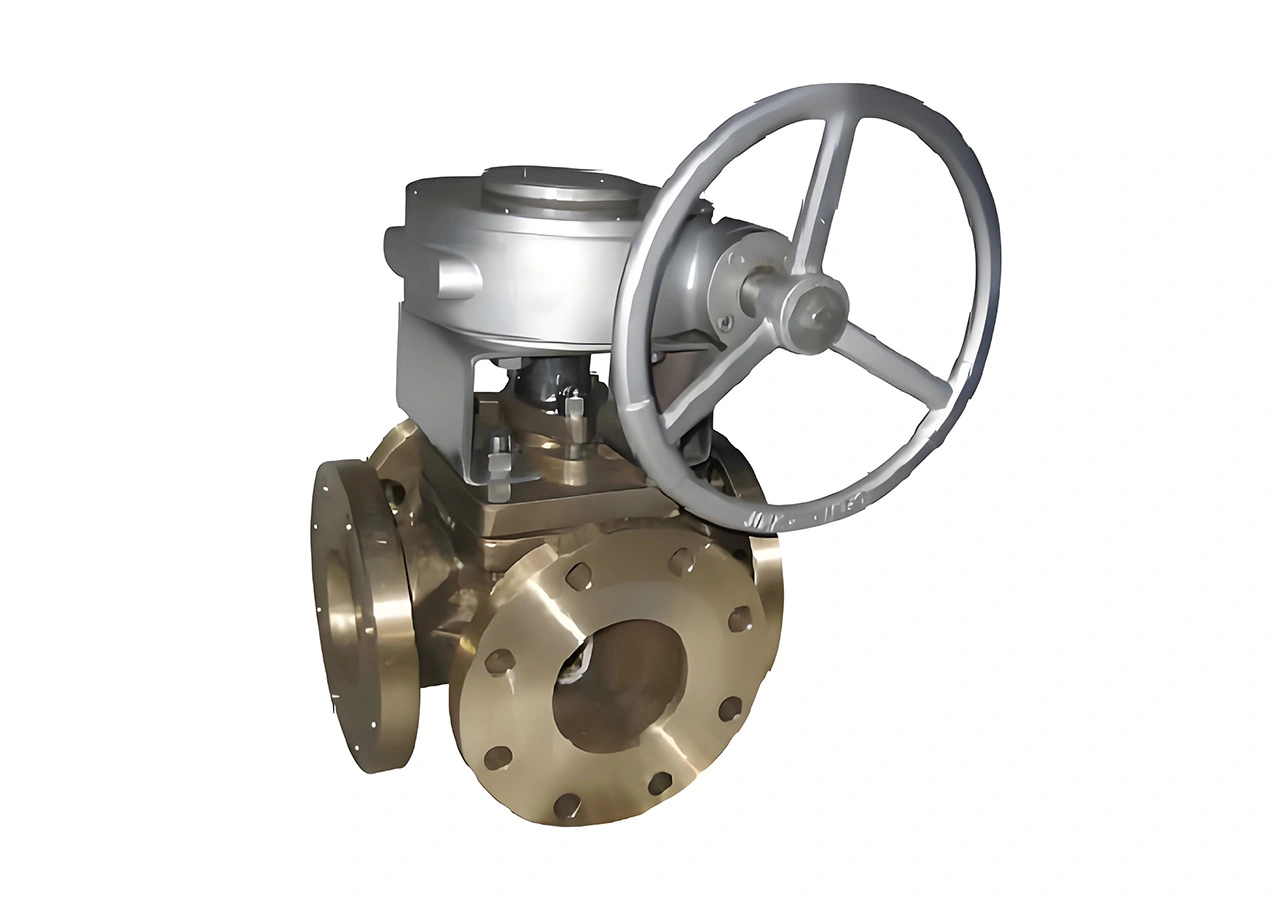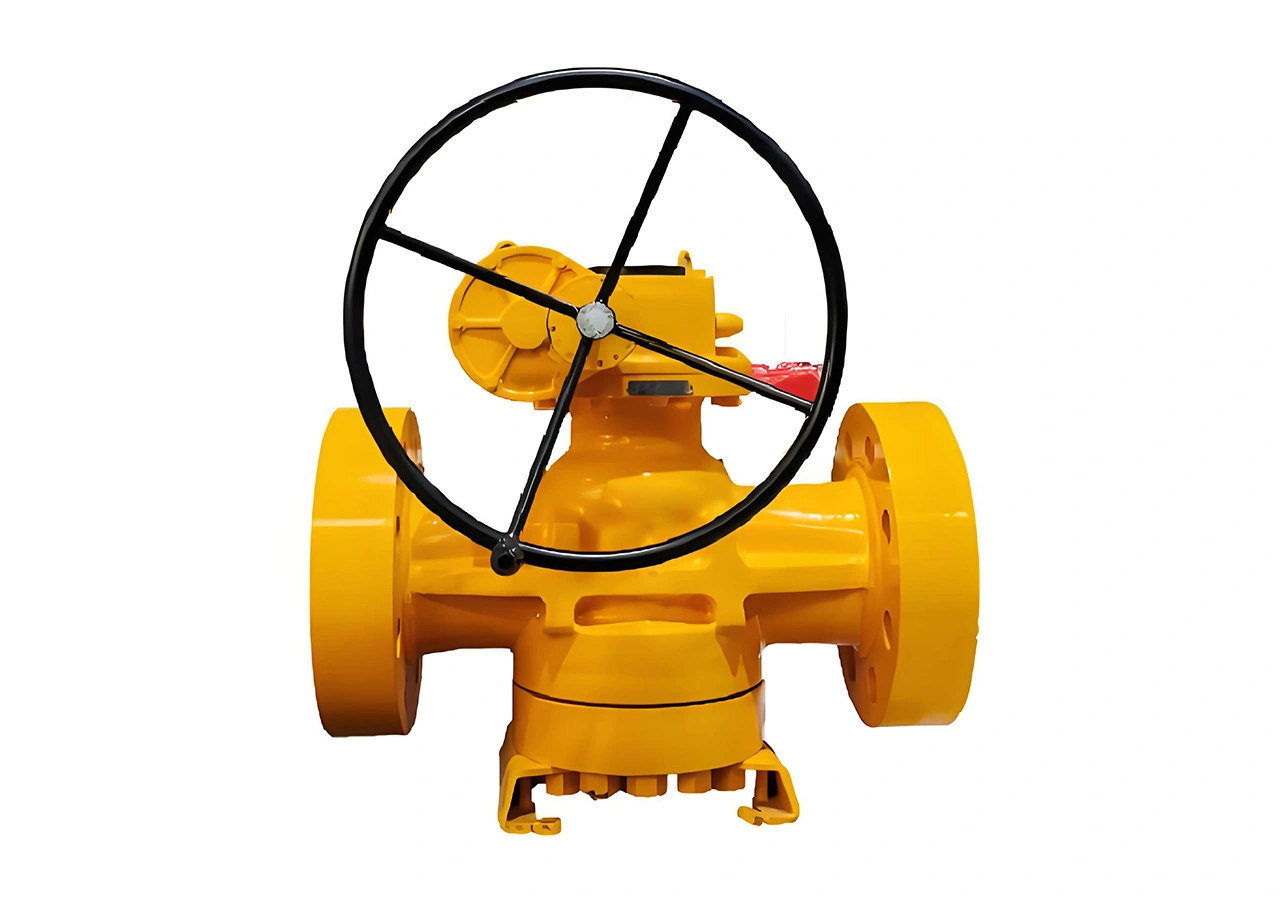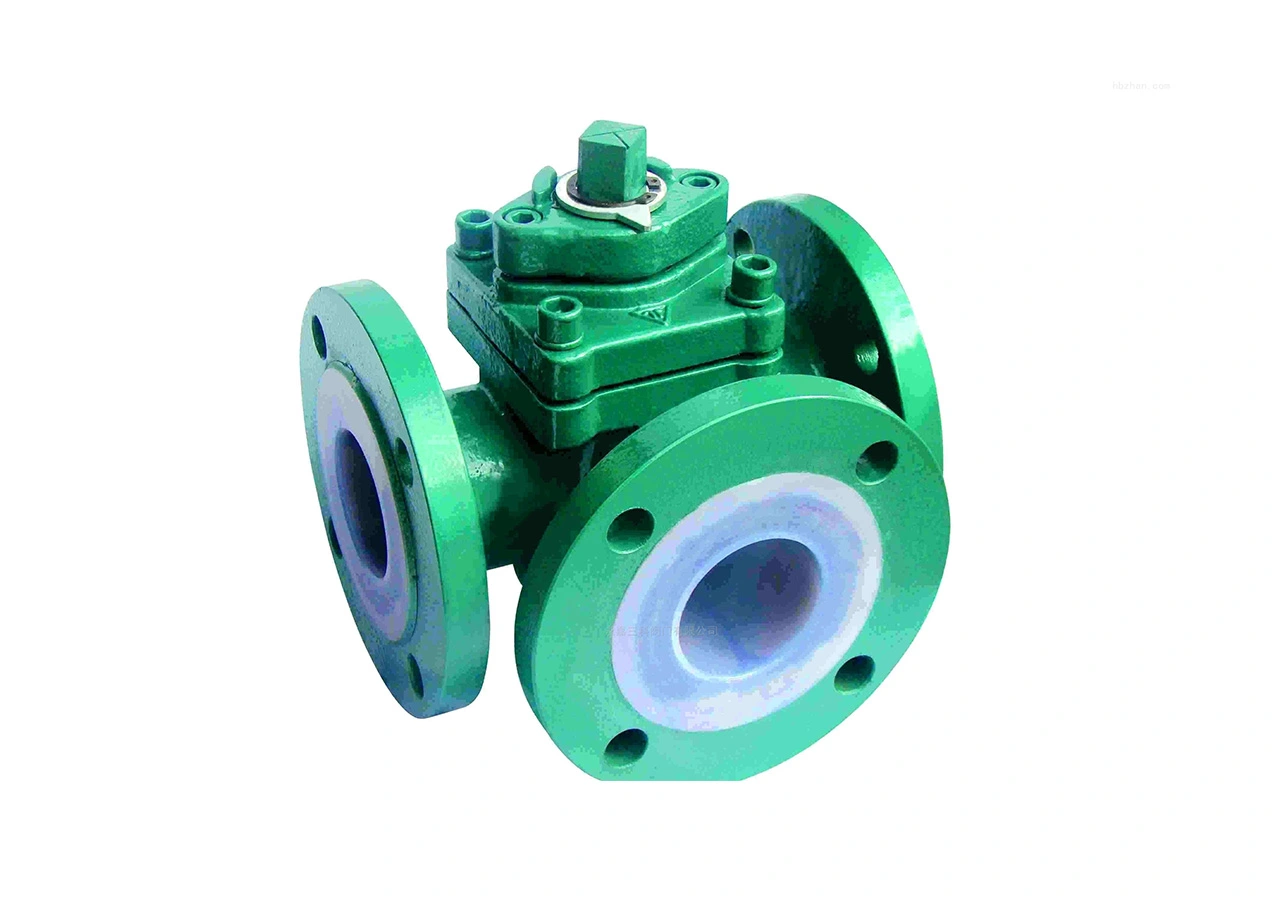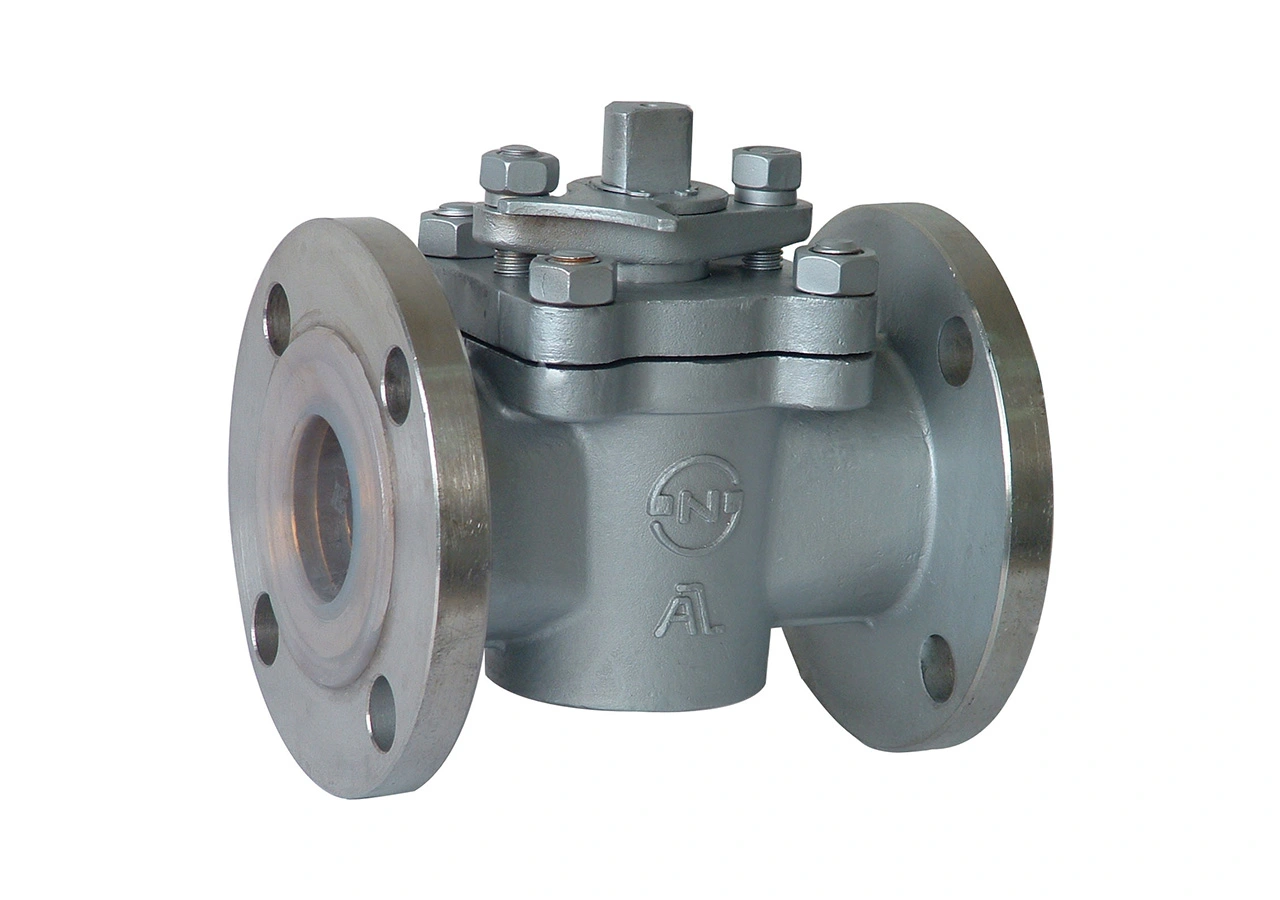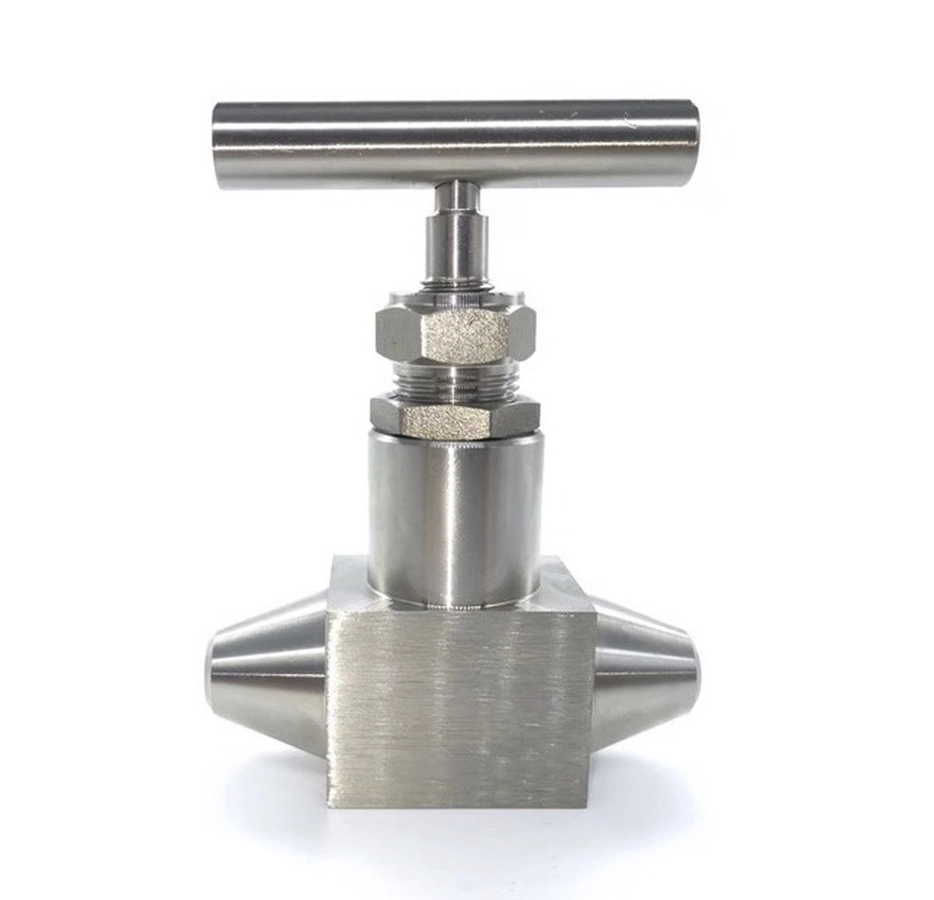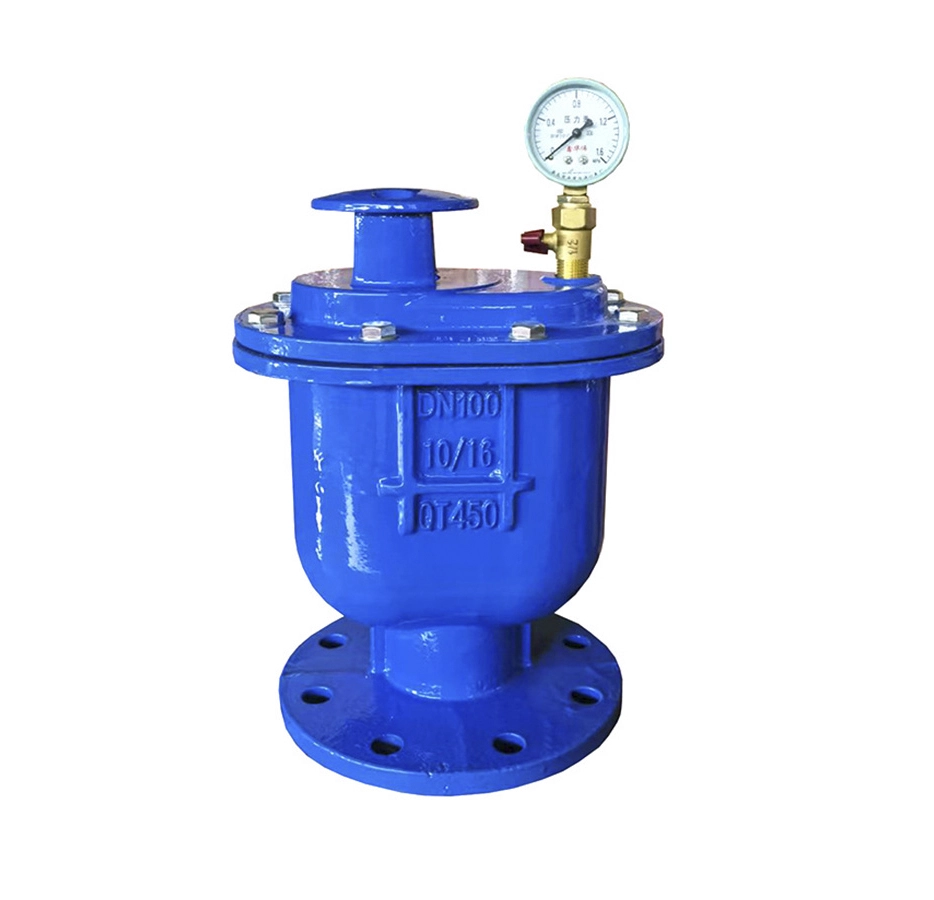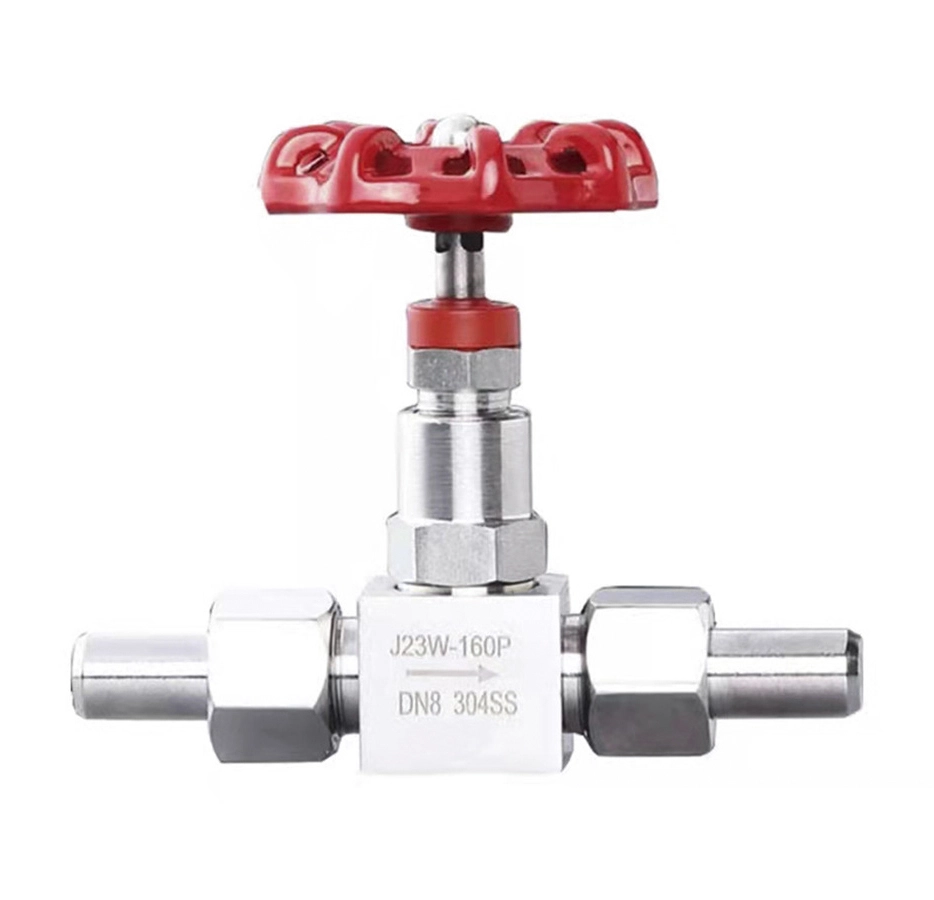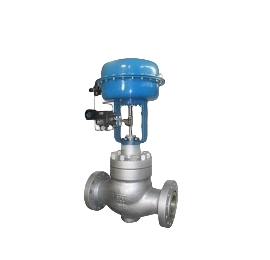The plug valve is a powerful tool for controlling fluid in the pipeline system. Its core component is a rotatable plug. There are through holes of different shapes on the plug. When the plug rotates, the through holes are aligned or staggered with the pipeline, thereby achieving the on-off and flow regulation of the fluid.
Lubricated plug valve,Non-lubricated plug valve,Lined plug valve,Electric plug valve ect
Simple structure and easy maintenance: The plug valve consists of a valve body, a plug and a seal, with a compact structure, few parts and easy maintenance.
Excellent sealing performance :The plug fits tightly with the valve body and uses soft seals (such as PTFE) or metal seals to ensure no leakage of the medium
Wide range of applications: Suitable for a variety of media such as liquids, gases, slurries, etc., and widely used in petroleum, chemical, natural gas, water treatment and other industries.
Oil and gas: for pipeline transportation and storage.
Chemical industry: for corrosive media.
Water treatment: for water supply and sewage treatment.
Food and medicine: for sanitary occasions.
Mining: for slurry and granular media.
Plug valves play an important role in many industries such as petroleum, chemical industry, water treatment, food, mining, electricity, etc. due to their simple structure, flexible operation and good sealing performance. Their wide range of application scenarios reflects their high efficiency, reliability and economy.

 EN
EN
